Using stories as a provocation to better engage young learners in PECreating meaningful and relevant movement opportunities for our young students is directly dependent on our ability to spark curiosity, wonder, imagination, and joy in their learning on a daily basis. Inspiring movement and physical activity can be purposefully planned for through the use of specific provocations that help to capture our young learner’s imaginations as early as possible in the units that we teach. I’m lucky to work very closely with Zack Smith, who is a fantastic early year’s physical education teacher in the kindergarten section of The KAUST School here in Saudi Arabia. Zack and I have closely collaborated over the past three years in regards to developing the most meaningful PE experiences possible for our young learners. Zack has many great ideas and deep insight into the developmental needs of kindergarten students which helps to springboard some really good discussions around unit design in PE. The work that Zack and I are doing is an attempt to better understand how the Meaningful PE framework can be applied to 3-year olds. The big questions that we have are: How can we create meaningful movement experiences for our youngest learners? How can we make their learning in PE relevant to who they are? How can we help them connect with their classmates in order to develop the social skills of working together? How can we ensure they are challenged in order to build their motor competence? How can we infuse joy and delight every step of the way in their learning journey in physical education? Over the past few months, Zack and I have been planning more specifically in relation to how he might engage his students on a much deeper level in order to not only develop their motor competence, but to also ensure that all learning is relevant and accessible to them in a way that brings delight and joy. At the beginning of the school year, Zack created his own professional inquiry that explored how he could better use verbal and symbolic language with his students in order to better engage them in their learning and to create more agency. Through close observation and data collection in Zack’s PE classes, I was able to share some important data with him that led to us discussing his use of voice and visuals in his teaching. Although Zack has always used his voice and visuals in ways to capture his students’ attention, we created a plan that would take this to what we felt was the next level. Story-Telling as a Provocation Zack has always told stories to his young learners in the past, but what we decided to do differently was to specifically create stories that were more purposefully structured in ways that inspire an imaginative journey that embeds movement and physical activity as part of the storyline. Planning these stories from scratch takes an open-mind, some deeply creative thinking, and carefully planning the types of visuals to be used in the story. Each lesson is essentially a short chapter with each chapter building in complexity in order to set up different challenges that the students will need to explore and take part in. As Zack’s pedagogical/instructional coach, one of my roles is to help him to create teaching resources based on our planning discussions. Our goal has always been to deepen levels of engagement which can often be measured through further observations. As Zack uses the resources as part of his teaching, my job is to then observe the students to see whether or not they are more engaged in the lesson. This can easily be done by literally counting the number of times Zack has to re-direct his students to get them back on track. I can also observe his students as Zack tells the stories to see how closely they are paying attention. Through the use of voice and specific visuals in his story-telling, we have found that the students have definitely been paying more attention. We have also found that the number of re-directs on Zack’s part has gone down considerably as the students are really engaged in his lessons. This provides us with valuable data to show that the use of story-telling with visuals has helped to not only keep students on track with their learning, but to better engage them in the lessons. I’d like to share the story we created so far in Zack’s current unit and what we are hoping to accomplish through this story. STRIKE FORCE HEROES Zack is currently doing a unit that focuses the students on developing striking skills using their hand and other striking implements such as soft paddles, rackets, bats and also their feet. These manipulative skills help children to strengthen the muscles in their hands, develop eye-everything coordination, increase physical control, and explore cognitive concepts like cause and effect. Have a look below to see the visuals that we are using in Zack’s Strike Force Heroes story and a summary of each part of the story so far. The goal is to get the kids engaged in movement through the themes of the story. Each student can be a part of the Strike Force team in order to defeat the evil villain. Exciting stuff! Lesson #1
Lesson #2
Reflections after the first two lessons?Both Zack and I have noticed full engagement, less need for re-directing students, and some really happy and excited kids. We have noticed that they were actually making efforts to touch the targets with the paddle as they navigated their way through the obstacle course. We also noticed less behavior problems as the students had options. They didn't have to go through the course exactly as laid out in the story visual (#15). They could drop in and out of different areas of the obstacle course journey in order to tap into their curiosity more.
Zack and I met (today) at the end of the day to pre-plan next week's chapter. There are some adjustments that we will make to re-emphasize certain parts of the story in order to draw out the learning intentions that we have for this unit. Planning for meaningful experiences in physical education with young children takes careful planning that goes well beyond just letting them run around for 30 minutes with no specific purpose. It is easy to think that 3 -year olds just need to play and explore with no purpose. Although this is true at times, Zack and I are carefully planning how they play and explore in order to create meaningful movement experiences that connect them with their classmates, challenge them to learn new ways to move their bodies, and to use their imagination in ways that bring them joy and delight. Looking forward to sharing another blog post showing the progression of learning. In the meantime, check out the photos of the students working hard in their role as Strike Force Heroes. Thanks for reading.
2 Comments
Creating meaningful learning experiences in physical education must begin with engaging our students as quickly as possible in the unit. Regardless of the unit being taught, beginning with a rich and powerful provocation can help to create the emotional hooks necessary to inspire movement at a level that is just right for each of our students. This is something we take very seriously in our physical education program at Gardens Elementary School. Taking the necessary time and energy to pre-plan is an essential part of the design process when it comes to the units that we teach. See the photo below of our poster-sized timeline for our unit. Our ultimate aim is to help our young learners make powerful connections not only between the important concepts and skills in the unit itself, but also to understand that each person has their own entry point to learning that must be accessed as soon as possible in the unit. We have been working very hard to unpack the 5 features of meaningful PE experiences with our students this year in order to help them know and understand how these features authentically apply in their own life and learning related to physical activity and movement. To quickly summarize, the Learning About Meaningful Physical Education research team has done a tremendous amount of work related to better understanding how educators can inspire young people to find joy and delight through movement and to engage in physical activity as part of their every day life both in school and out of school. The PE teachers at Gardens Elementary School and myself are making sense of the Meaningful PE framework in our own way, tweaking and adjusting our approaches, testing out different pedagogical strategies, and most importantly, reflecting on our teaching and student learning every step of the way in order to refine the way we deliver our program. Today’s blog post will be the first in a series of blog posts dedicated to how we are unpacking the 5 features of the Meaningful PE framework (Fun, Motor Competence, Relevance, Challenge, and Social Integration) in our current Individual Pursuits unit that is focused on inspiring kids to be active through racket sports. So, let’s get right into how we specifically kickstarted this unit in a way that zeroed in on the big ideas that we were hoping the students would grasp on to in the very first class of their individual pursuits unit. The Power of Provocation All learning must begin with a powerful provocation that creates the emotional hooks necessary to draw out the big ideas of the unit. Bearing this in mind, we started the unit off straight away by using an inspirational video of a world champion javelin thrower from Kenya. Our hope was simple — to get the kids to identify the important concepts of perseverance, social connection, challenge, and self-improvement. You might ask yourself ‘Why would they use a video about a javelin thrower in a racket sports unit?’. The short answer to this question is that conceptual understanding is not subject or unit specific but transcends discipline/unit specific boundary lines. When drawing out the importance of the 4 concepts mentioned above, we wanted a powerful hook in order to do this, therefore we felt it wasn’t necessary to specifically use a racket sports video to do this, but instead to find the most powerful video we could to draw these ideas out. Driving Question All learning not only begins with a powerful provocation but also a driving question or questions to begin the unpacking process. The driving questions we introduced in the first 5 minutes of this unit related to the video that they were going to watch can be seen below. Why was Julius Yego successful? What challenges did Julius Yego face? What did you like most about the Julius Yego story? Thinking Routines As the students watched the video, we asked them to think about the above three questions and to be ready to share some of their thoughts with their classmates and also be ready to write down their ideas on yellow sticky notes. Investing of Time! Many PE teachers say that they don’t have time to do things like this in PE because their job is to get students as physically active as possible during their PE lessons. I couldn’t agree more, however, getting the students to do some heavy cognitive lifting early in the unit helps to unpack the big ideas and identify what the overarching learning outcomes are in the unit. Being clear and explicit about these outcomes is the key to great teaching and, without question, reinforces and deepens their learning, therefore is hugely worth the investment of time. A teacher directed approach that involves the teacher standing up in front of the class delivering a long monologue about what the unit is about, what they will learn, what they will need to do, and how they will be assessed not only disengages them, but also does not involve them in the co-constructing of learning. Involving students in the co-construction of learning and involving them in the unpacking of the big ideas/outcomes gives them ownership and autonomy over the learning process which creates an environment that places them front and center in the units being taught. As you can see from the photos below, the students not only shared their ideas about the Julius Yego video, they also recorded their thinking straight away in the unit. Exploration The above process took less than 15 minutes and was time well invested. After they finished recording their ideas on yellow sticky notes, they immediately dove into an exploration of racket sports for the next 20-25 minutes of the lesson. Simply sending them off to explore was not enough though. We had a 4th question that we wanted them to think about as they explored lots of different skills related to racket sports. What challenges did you face today when exploring racket sports? As you can see, our intention is to unpack the key feature of ‘Challenge’ in the Meaningful PE framework. To us, it is not enough to just think about the feature of ‘Challenge’ when planning PE experiences in the different units we teach. We our setting out to intentionally unpack what this means to students in order to allow them to ultimately find their own entry point to learning in each unit. If we can get our students to understand that self-improvement in rackets sports is about finding ‘just right’ challenges that suit their level of skill, we are definitely starting the unit off on a winning foot. At the end of the exploration, as an exit ticket, the students wrote down a few challenges that they had experienced while they were practicing different skills in this first class. We used their ideas about the challenges they faced to design further learning in this unit that is very much differentiated to suit each of our student's individual needs. Prep Time Poster Creation Evan Bryceland (the PE teacher I’m co-teaching this unit with) and I, used these yellow sticky notes to analyze and categorize the big ideas that the students came up with. I then created a very large sized display that included many of their ideas while drawing out and emphasizing the 4 big ideas that we are focusing on in this unit (perseverance, social connection, challenge, and self-improvement). We used this display at the beginning of the second class to get our students focused in on these big ideas in order to spark their learning further in this unit. We feel that the Julius Yego video was a perfect provocation to start the unit off and getting the students to do the heavy cognitive lifting early on was a great way to involve them in the unpacking process very early in this unit. I’ve included the inspiring video below for you to watch. I’ll be doing another blog post soon to take you deeper into this unit and how we are working very hard to help every single one of our students find success at their own level. Thanks for reading folks. |
AuthorKAUST Faculty, Pedagogical Coach. Presenter & Workshop Leader.IB Educator. #RunYourLife podcast host. Archives
September 2022
|
- Welcome
- All Things Teaching and Learning
- The Aligned Leader Blog
- Consulting and Coaching Opportunities
- My TED X Talk
- My Leadership Blog
- Run Your Life Podcast Series
- How PYP PE with Andy Has Helped Others
- Good Teaching is L.I.F.E
- The Sportfolio
- Example Assessment Tasks
- PYP Attitude Posters (printable)
- Publications
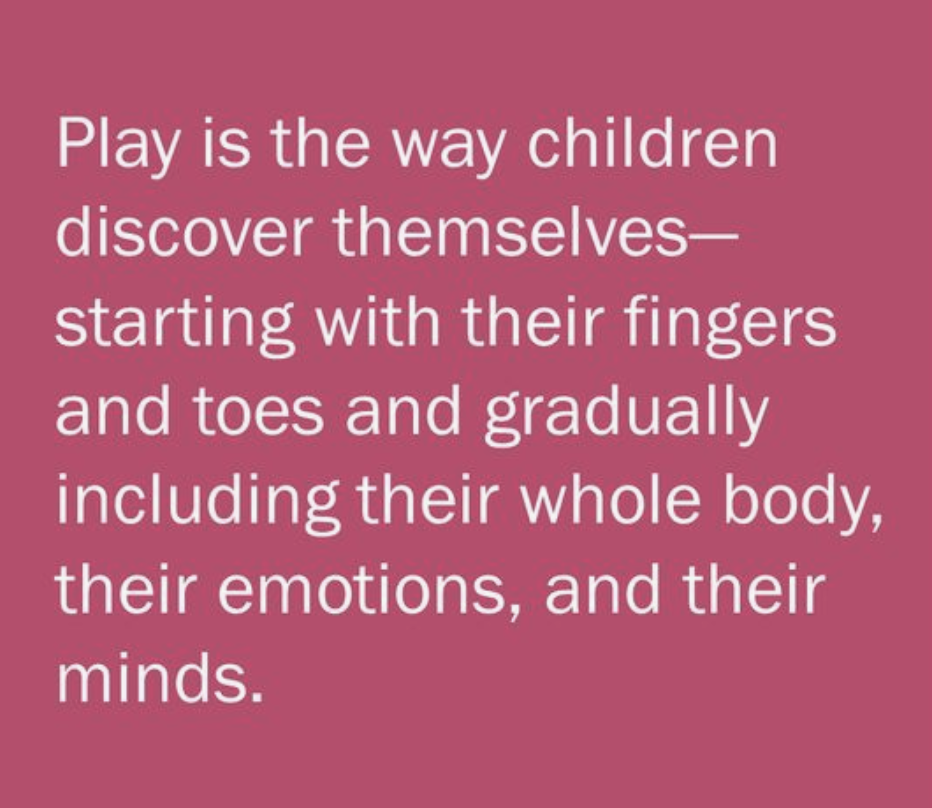

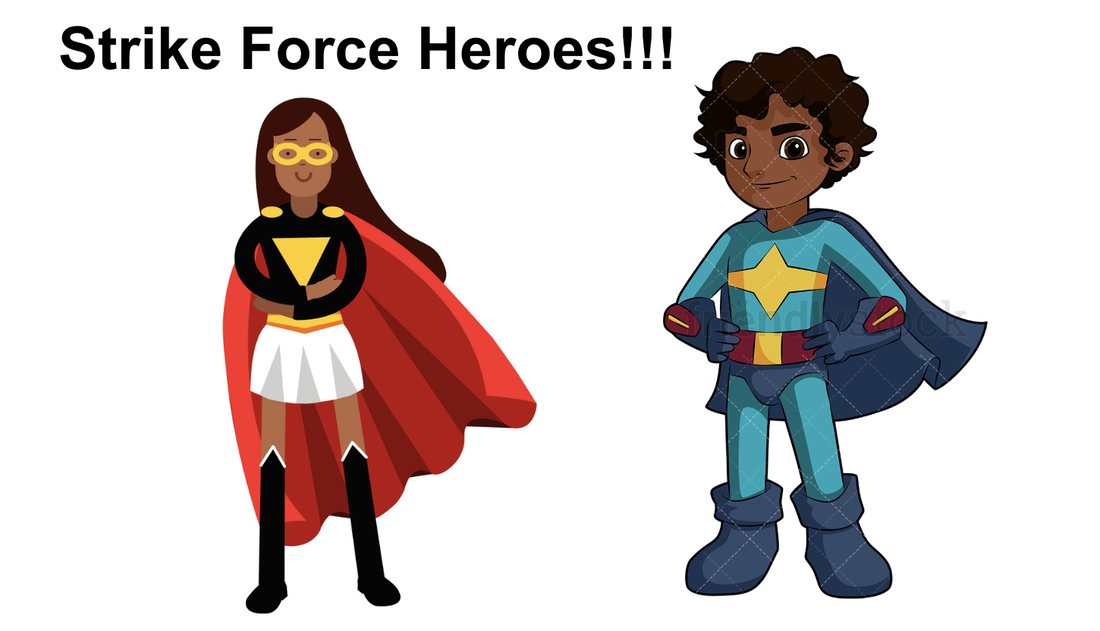



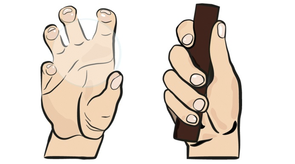
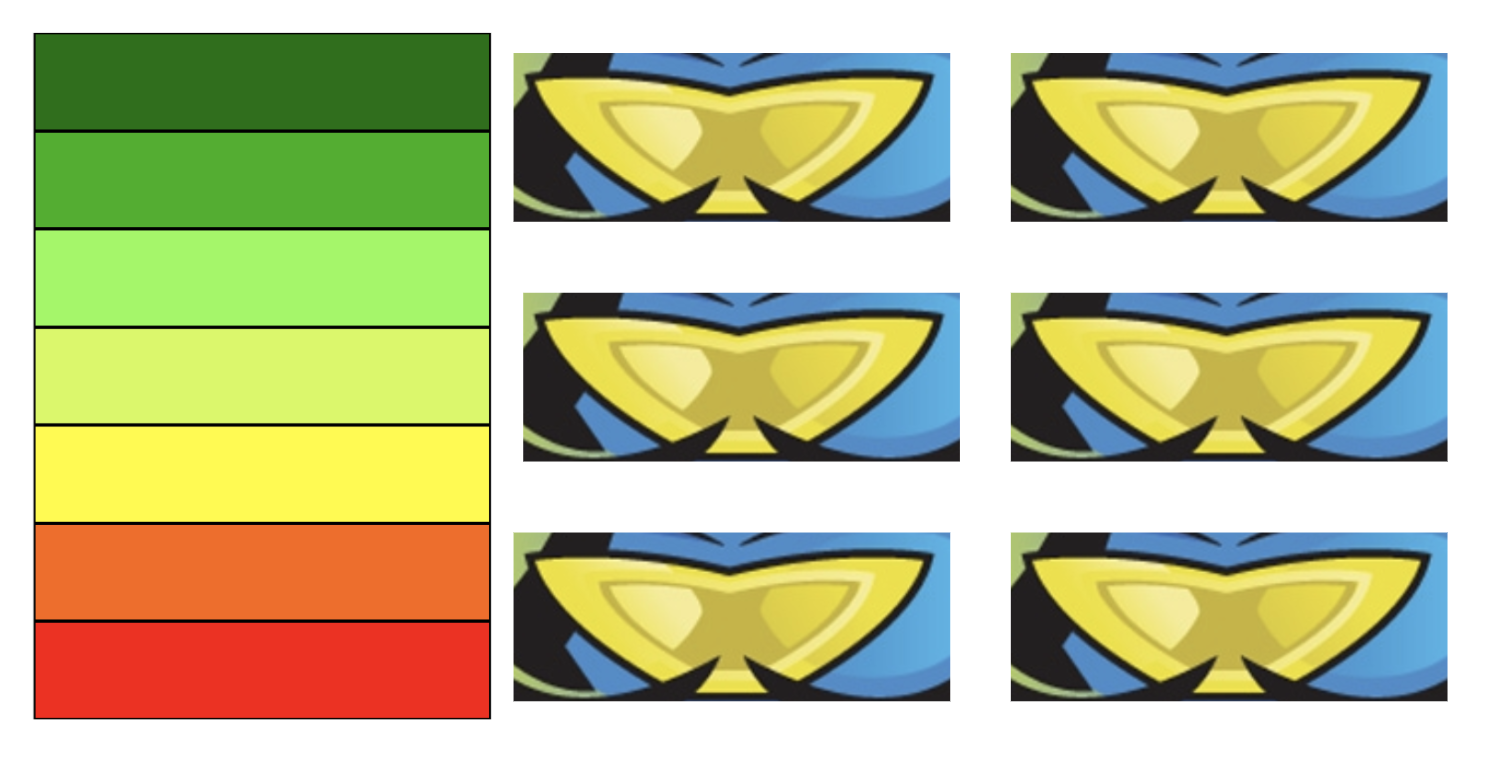

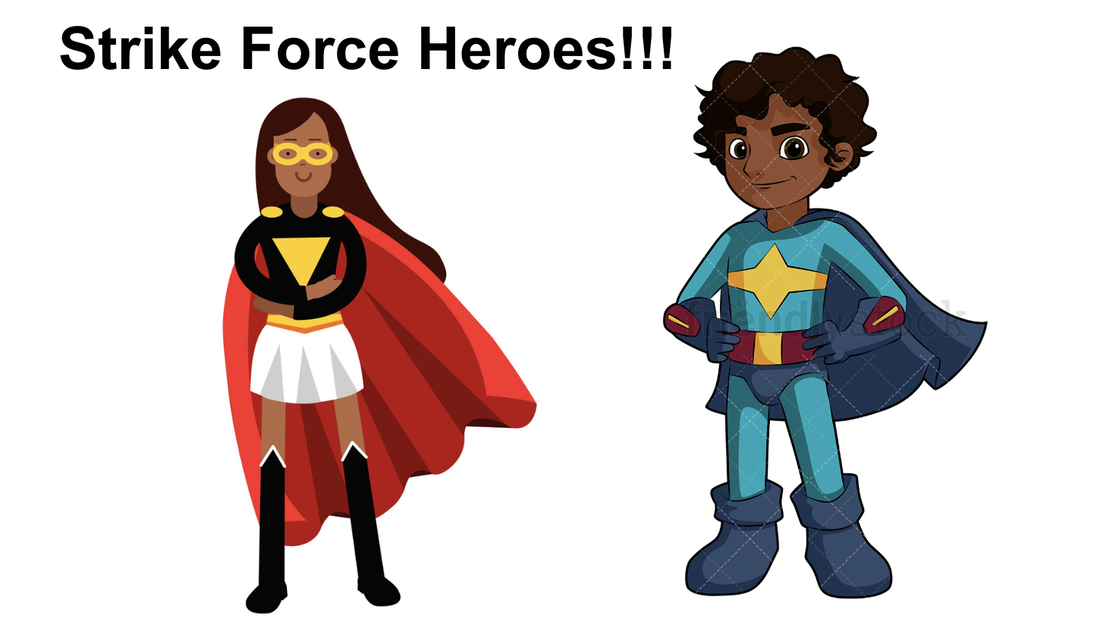
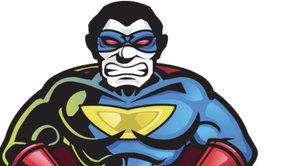

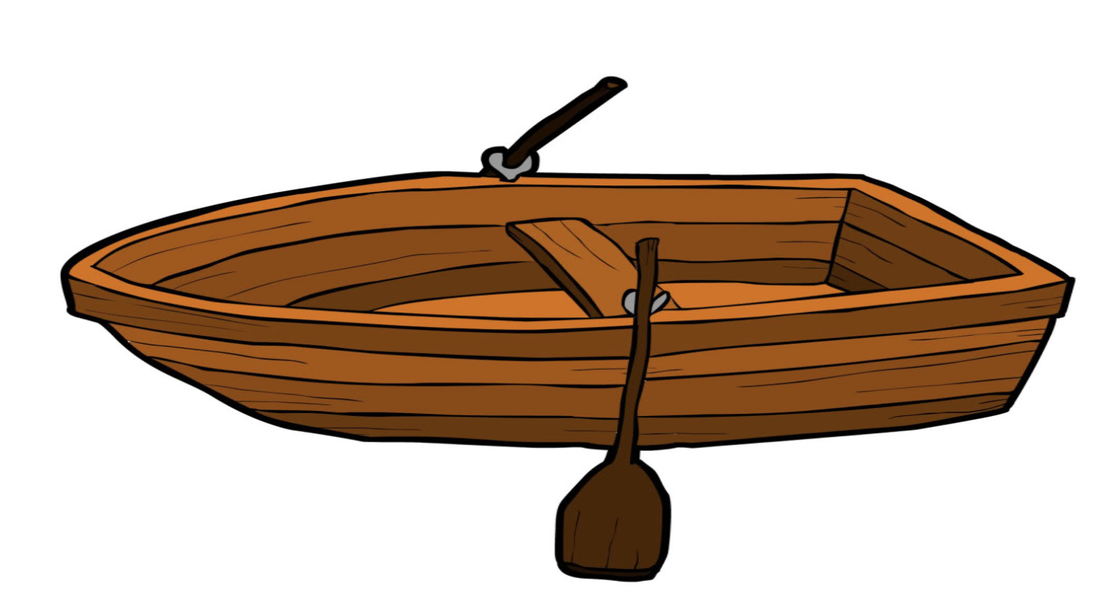
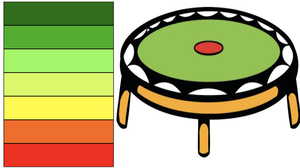
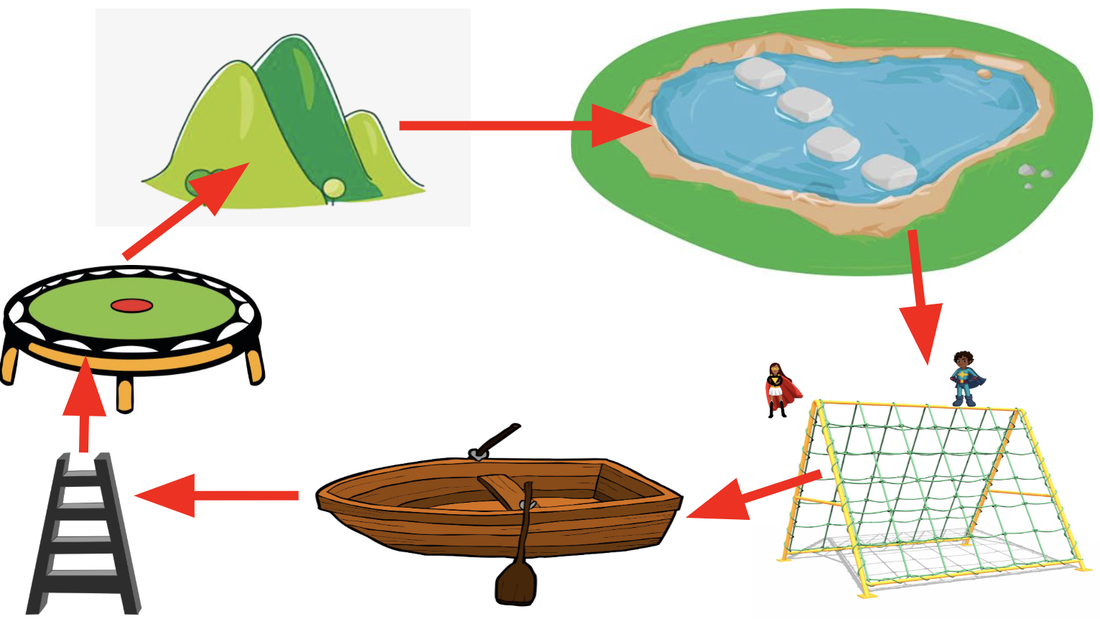

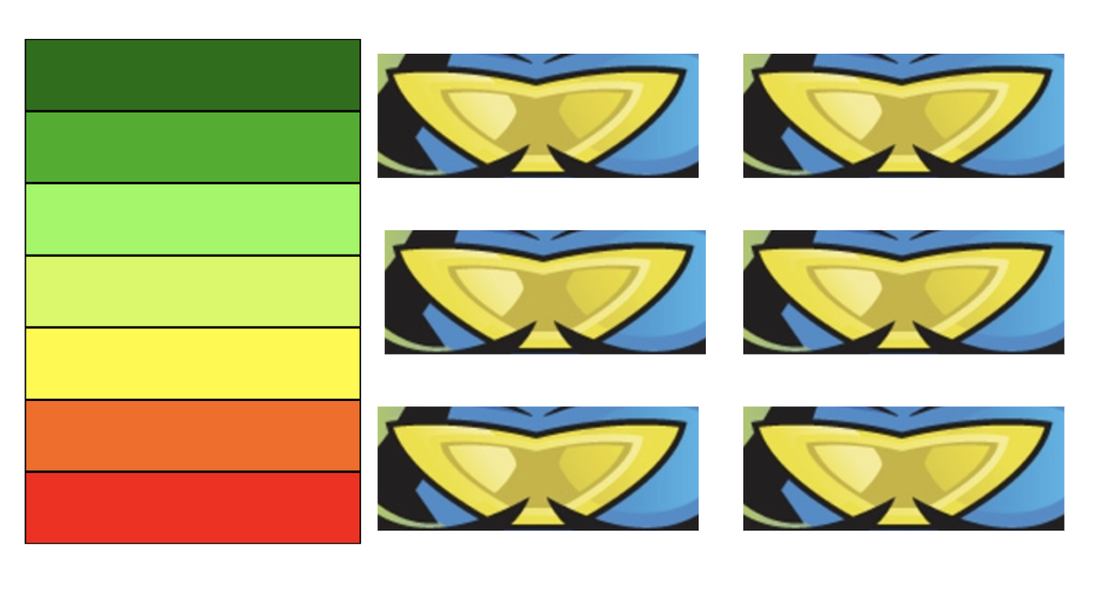
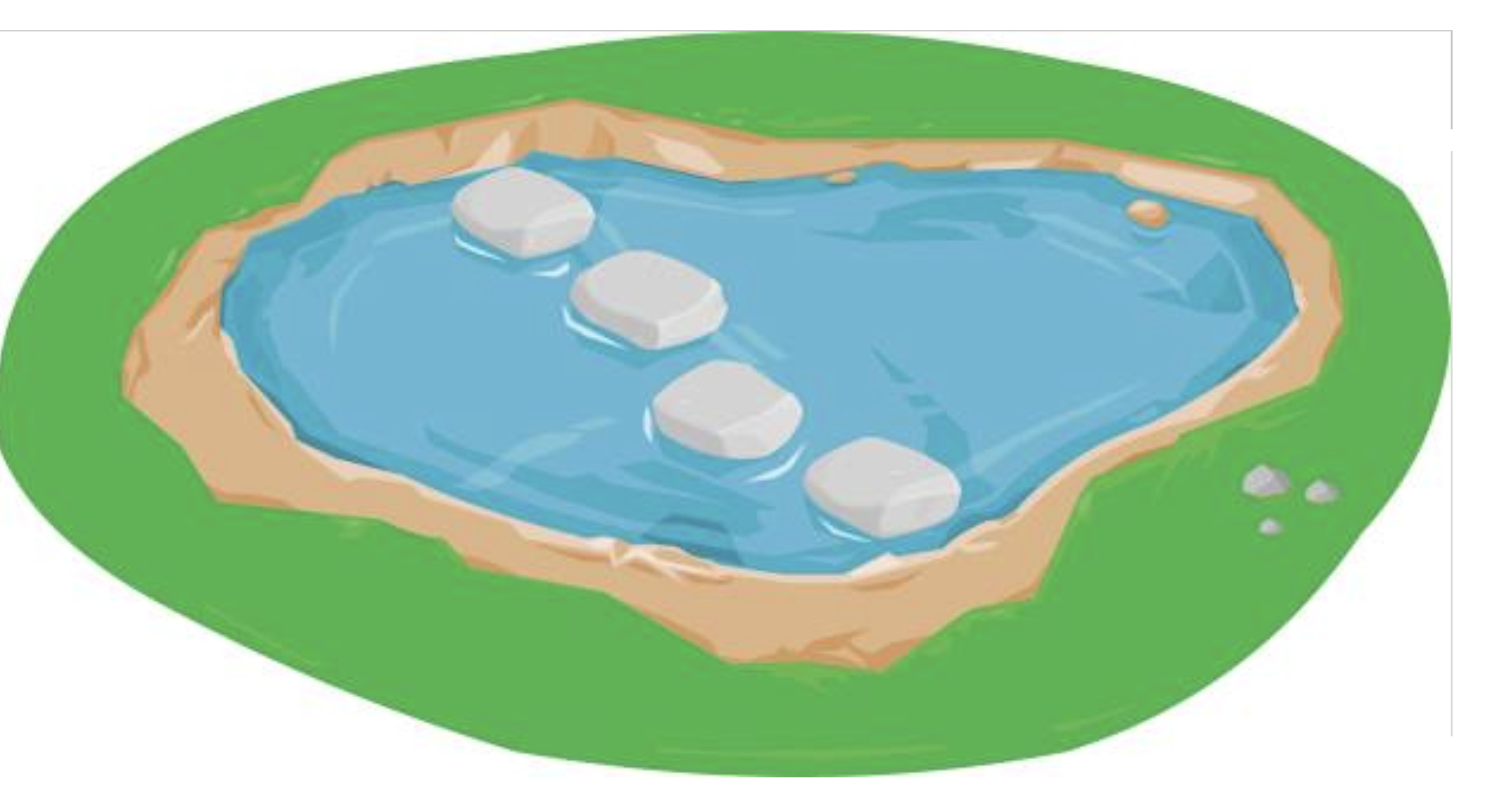

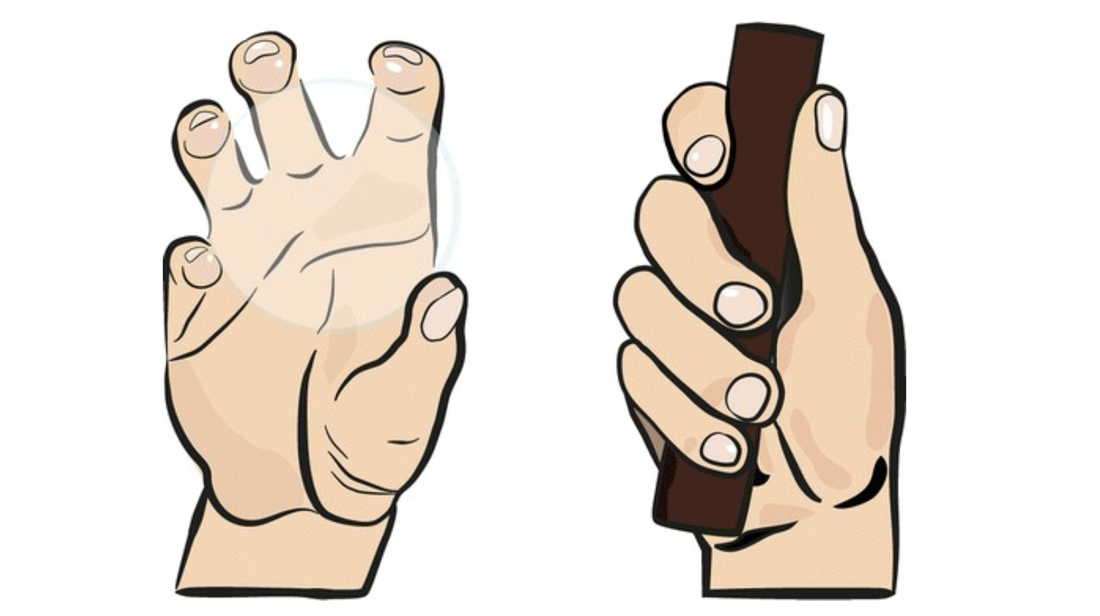

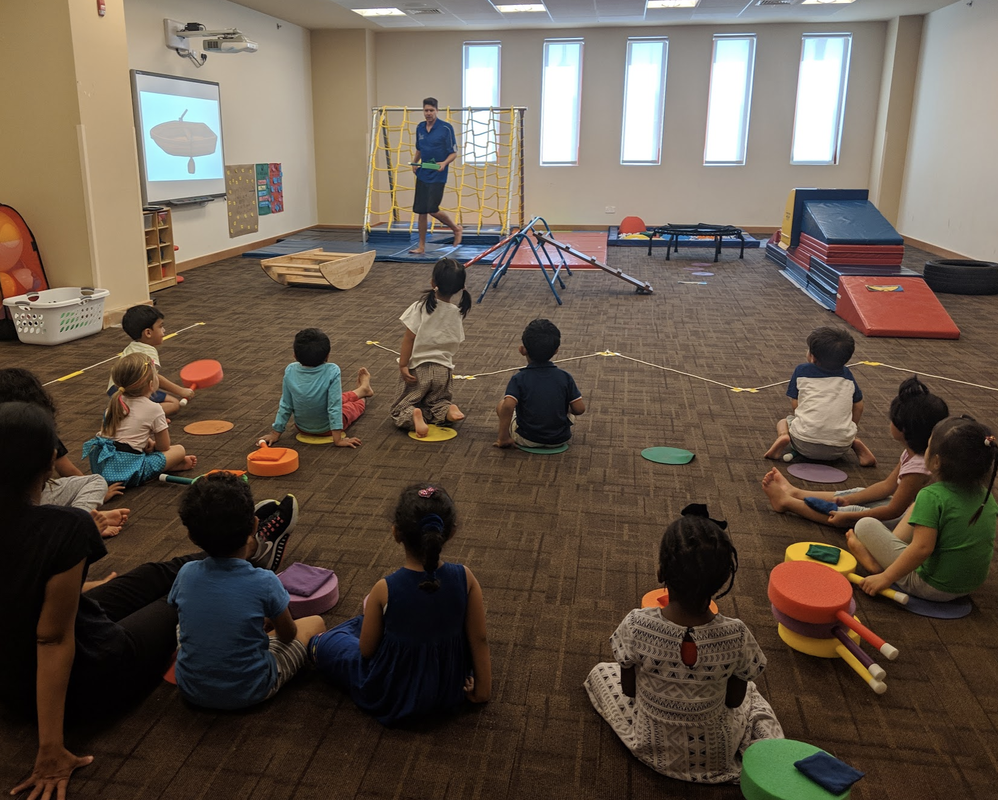
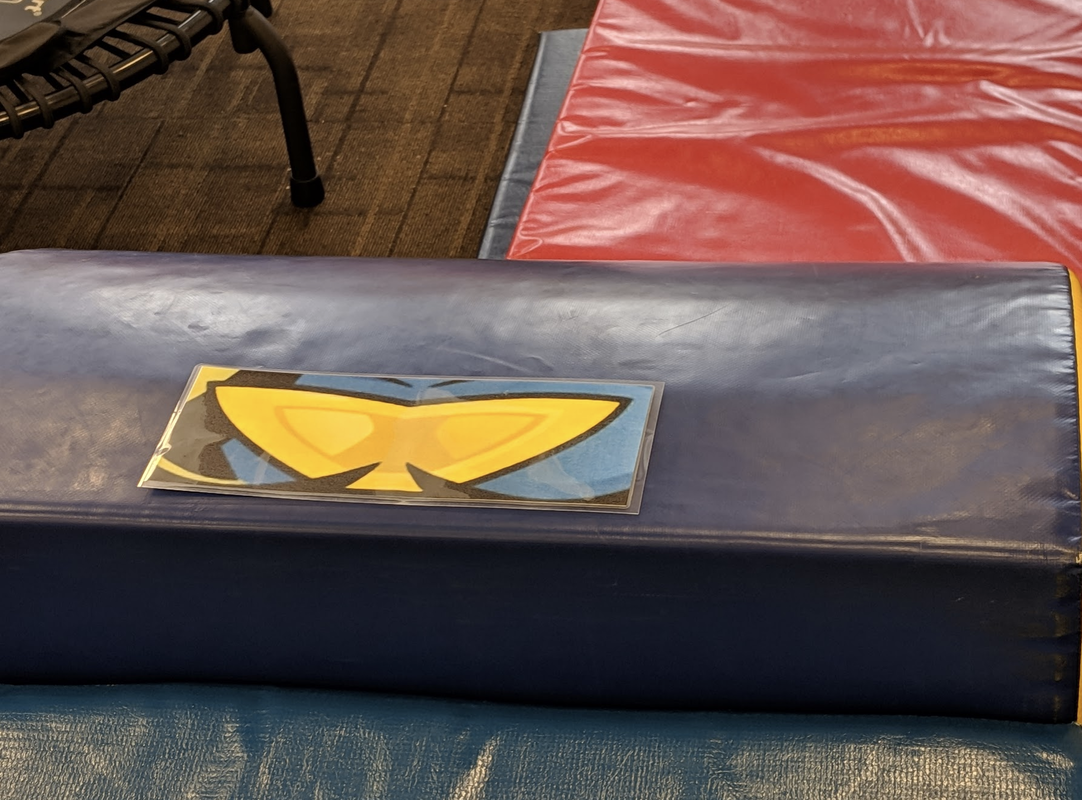
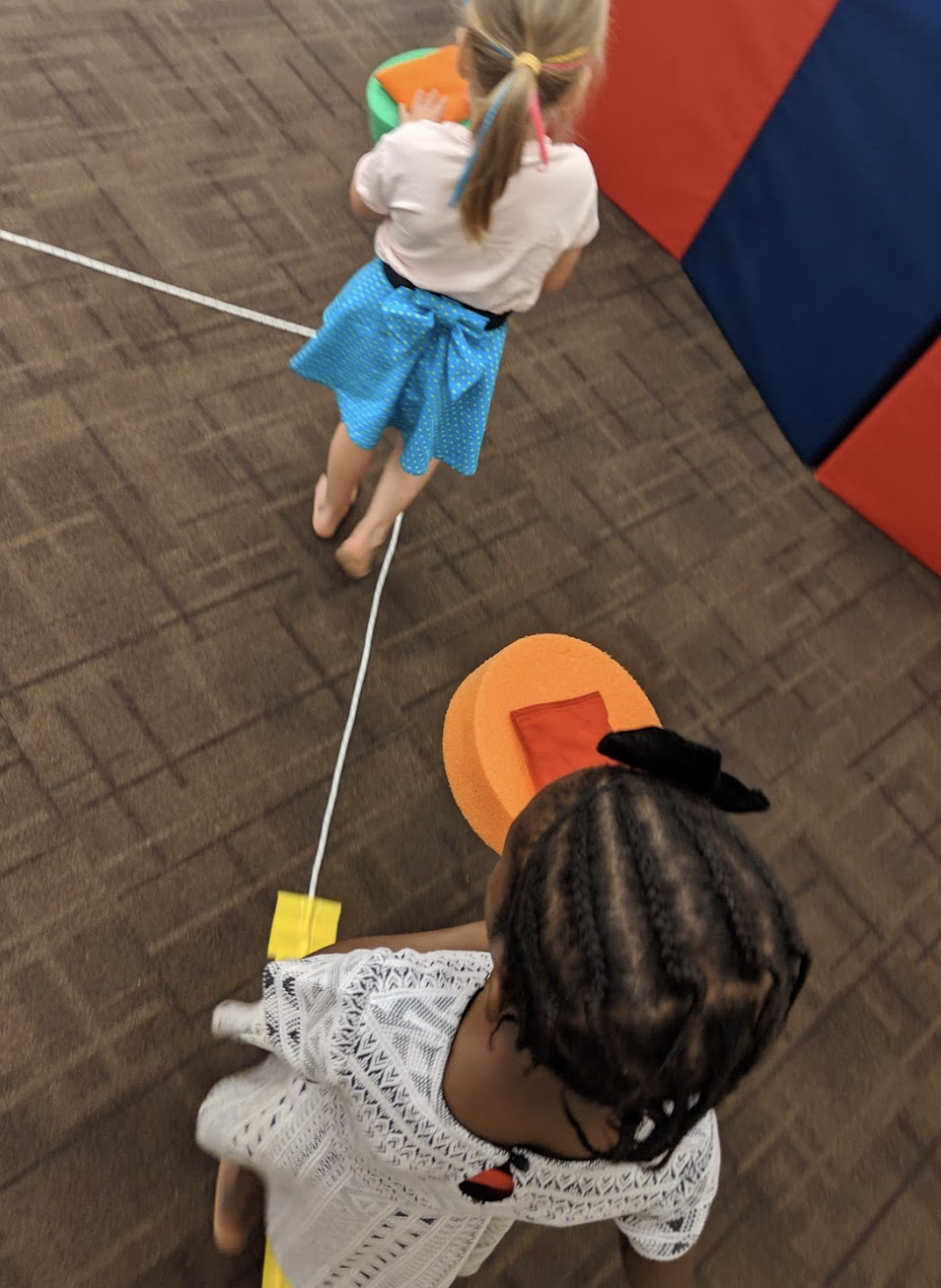
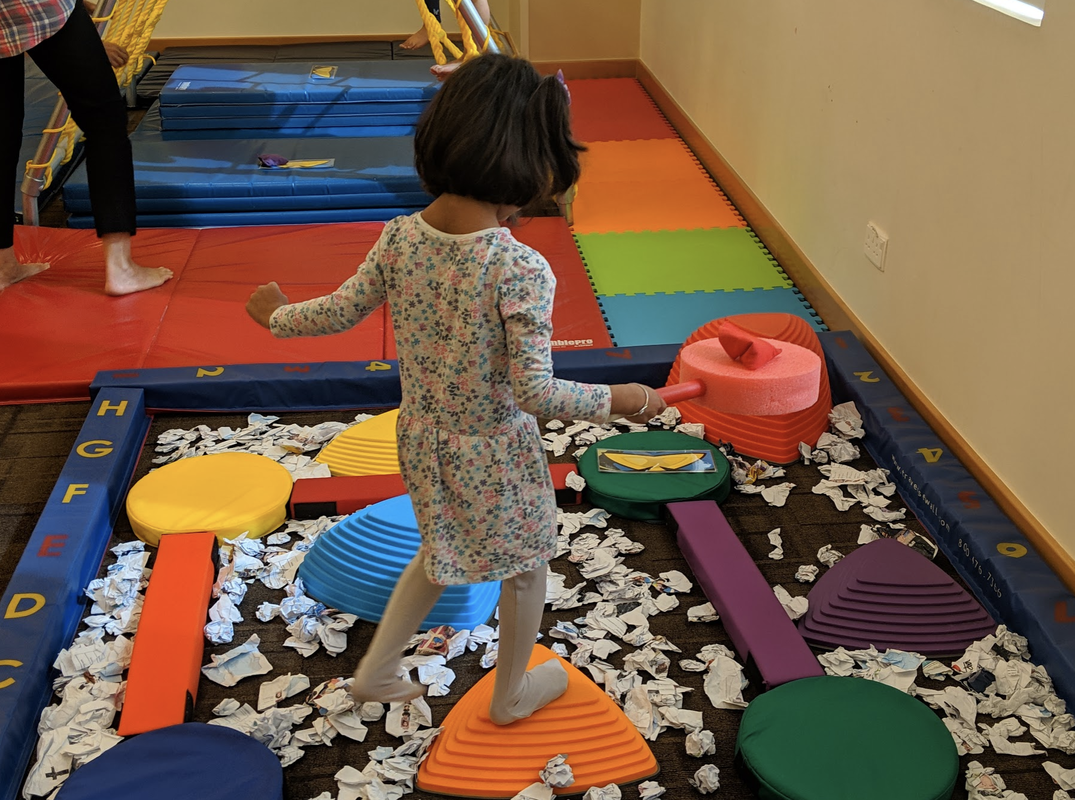
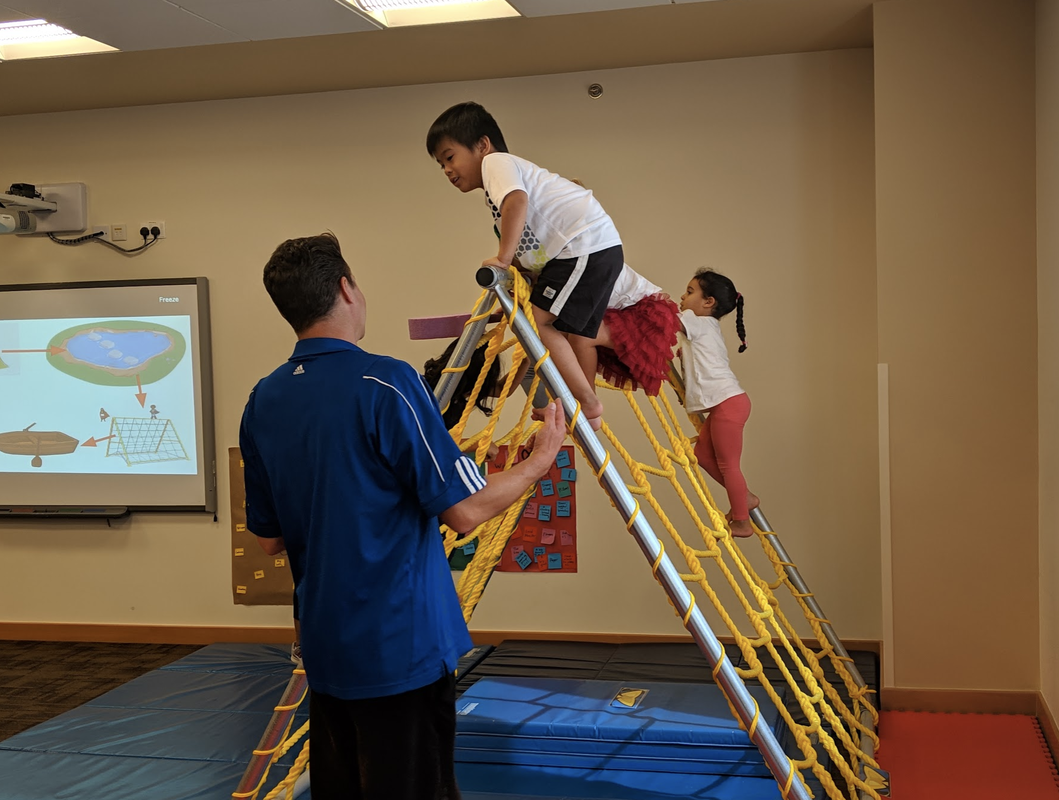
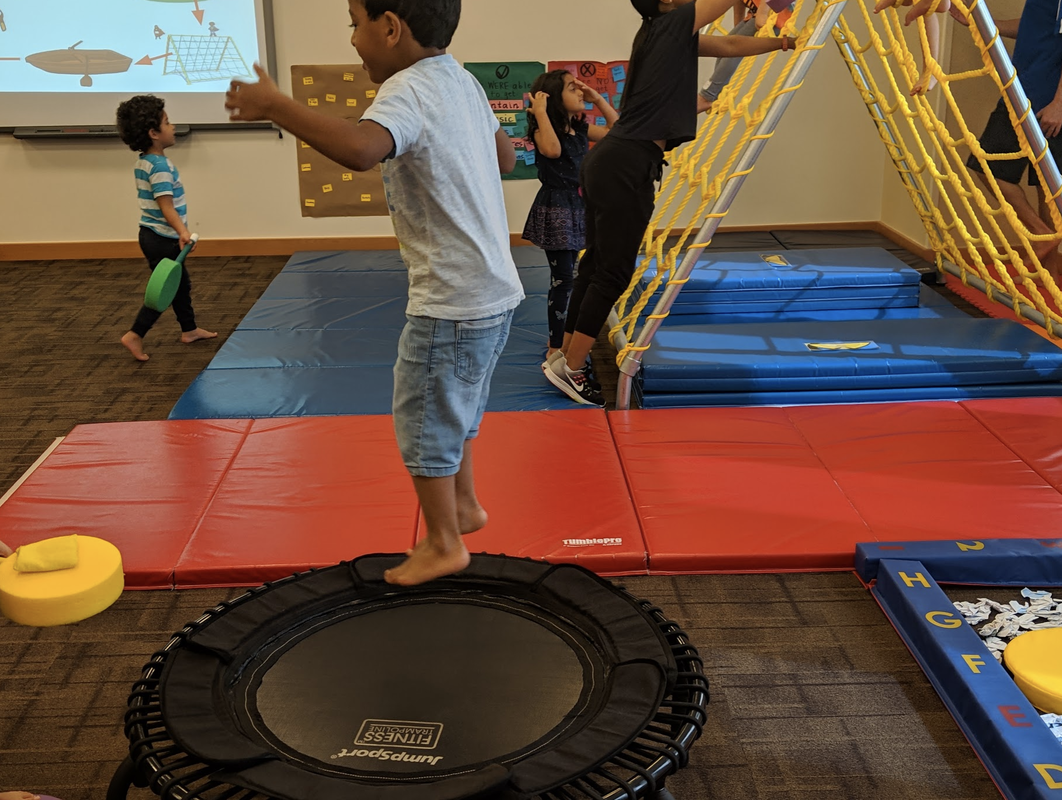
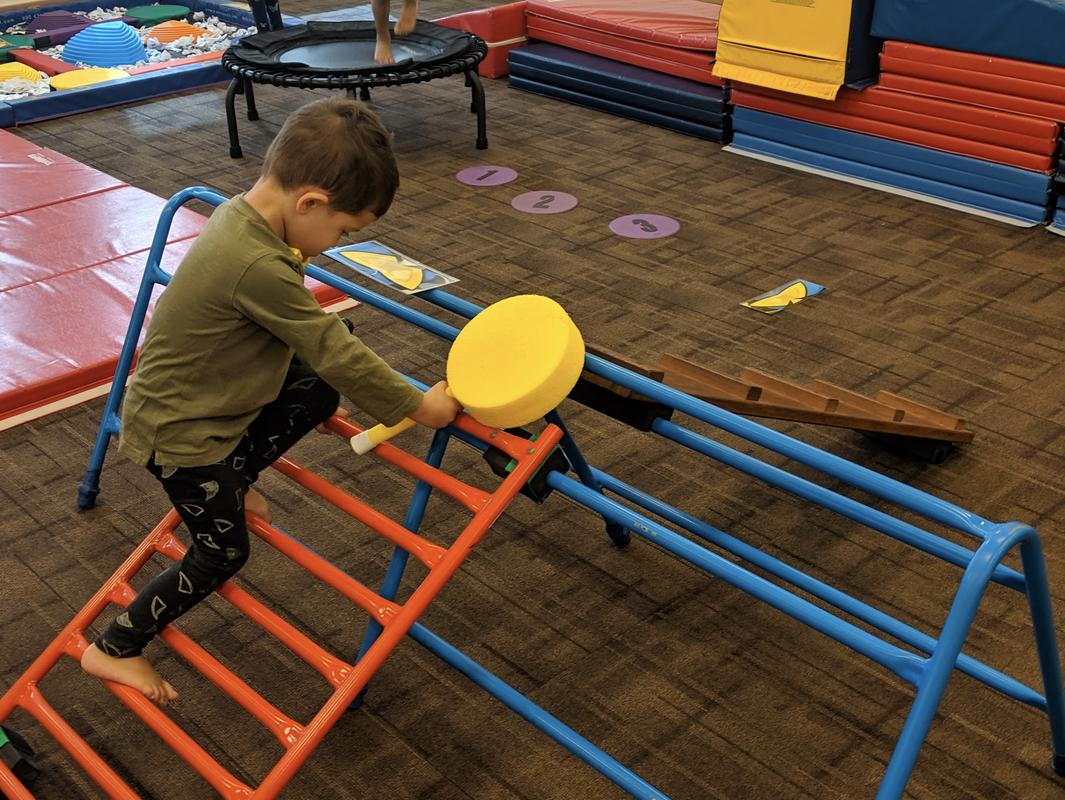
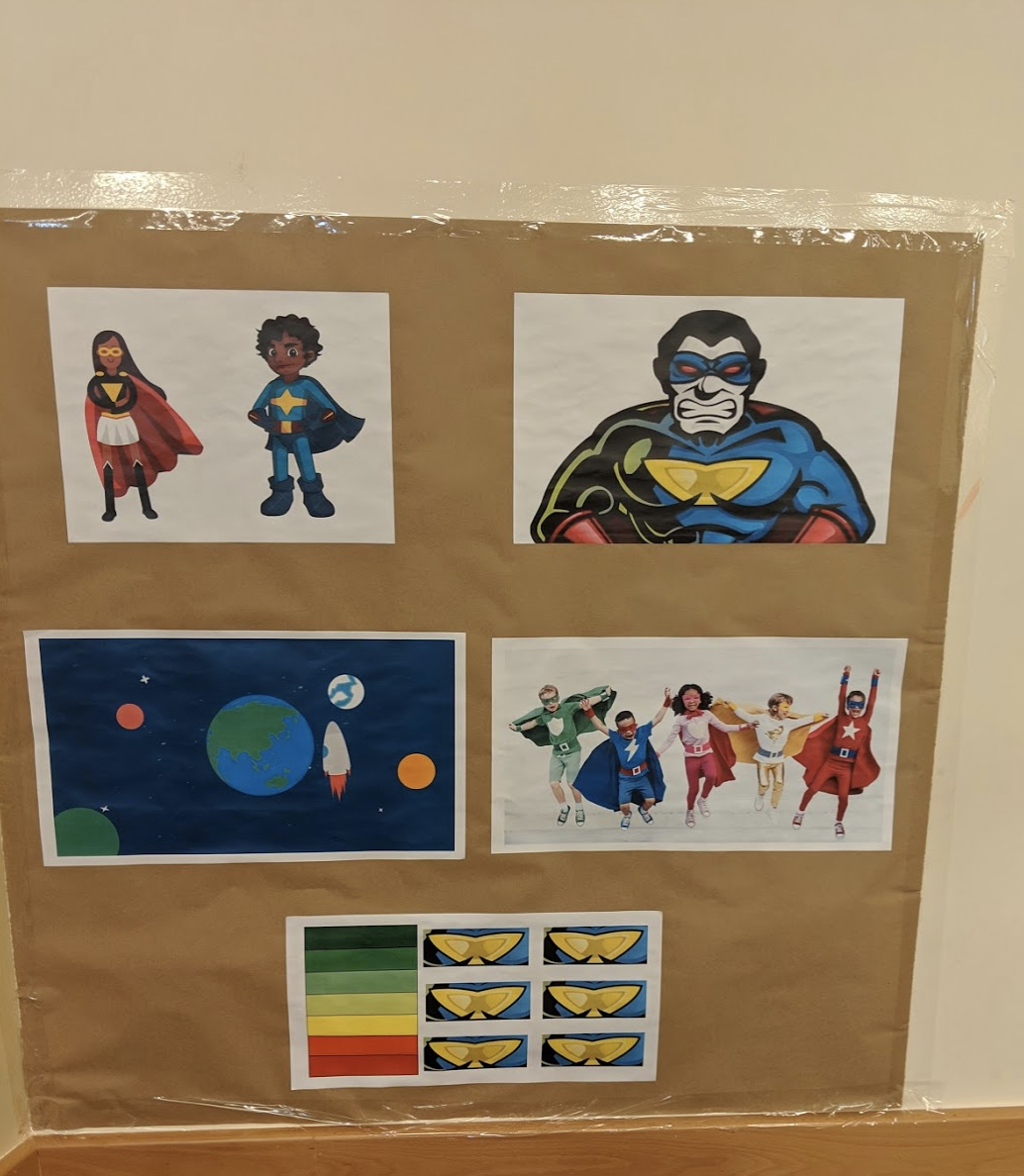
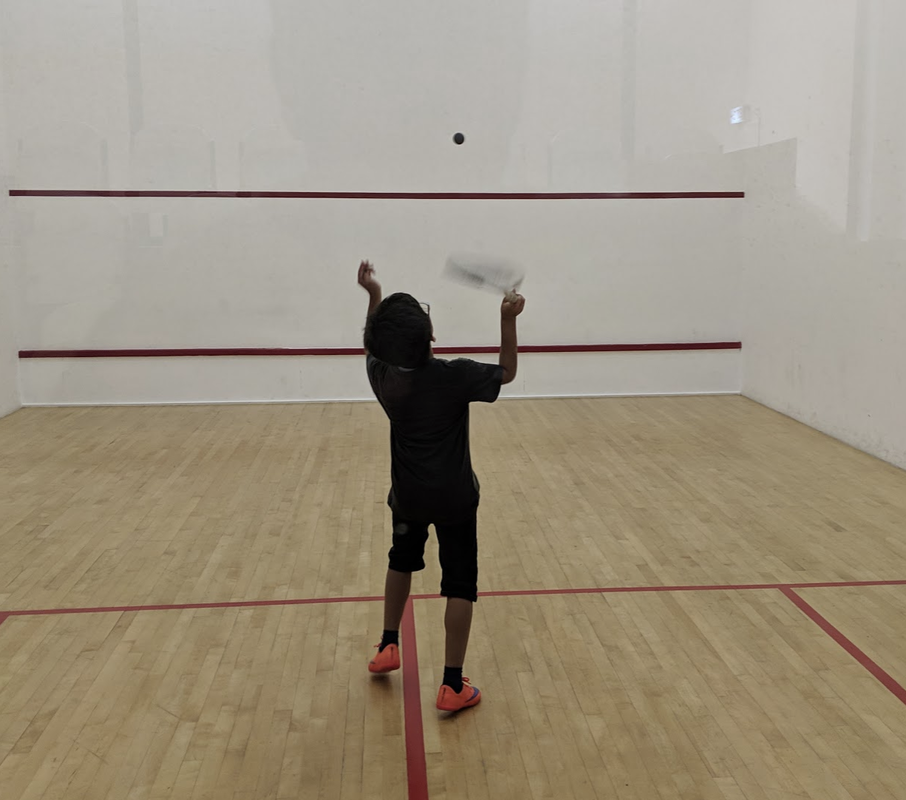
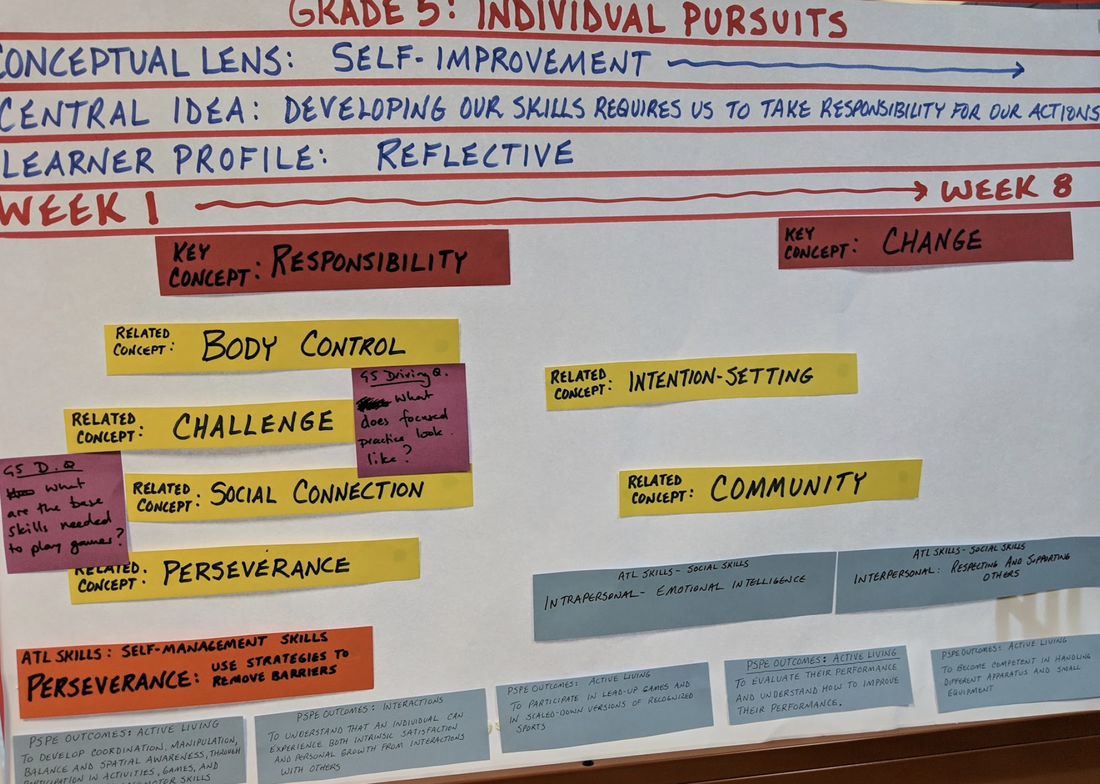
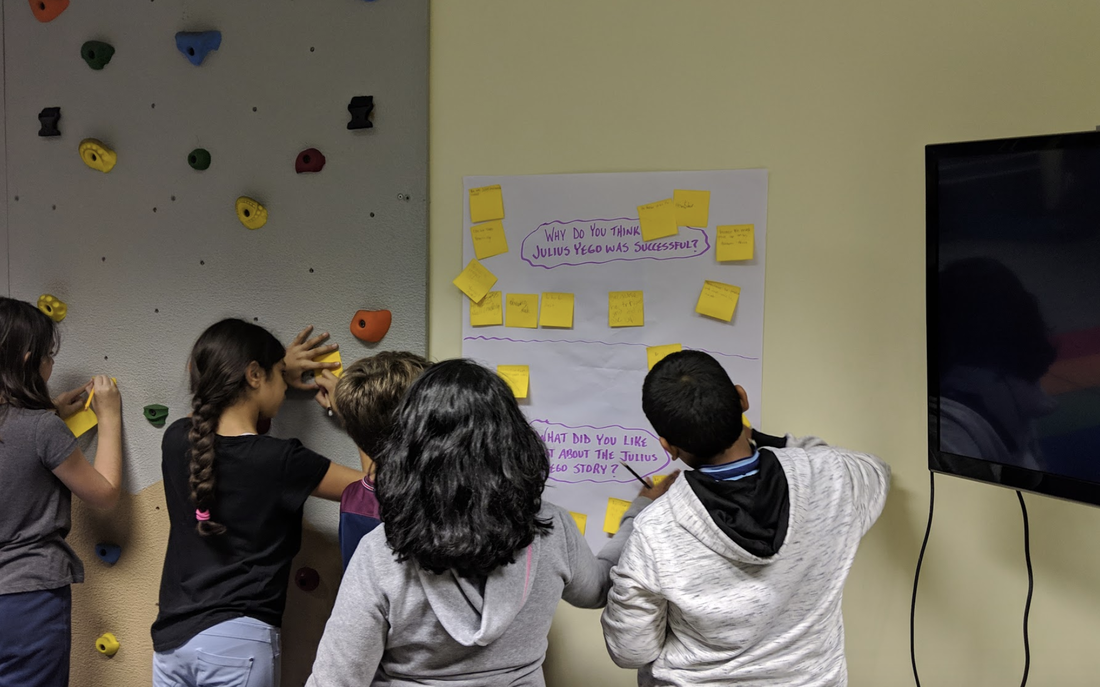
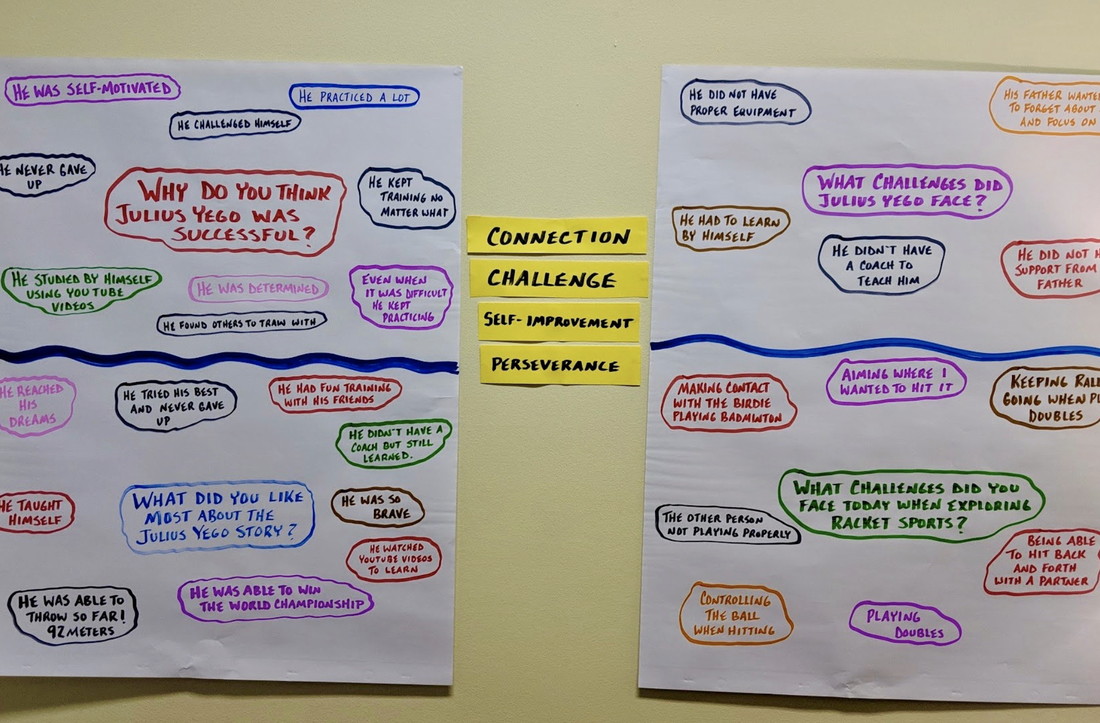
 RSS Feed
RSS Feed
